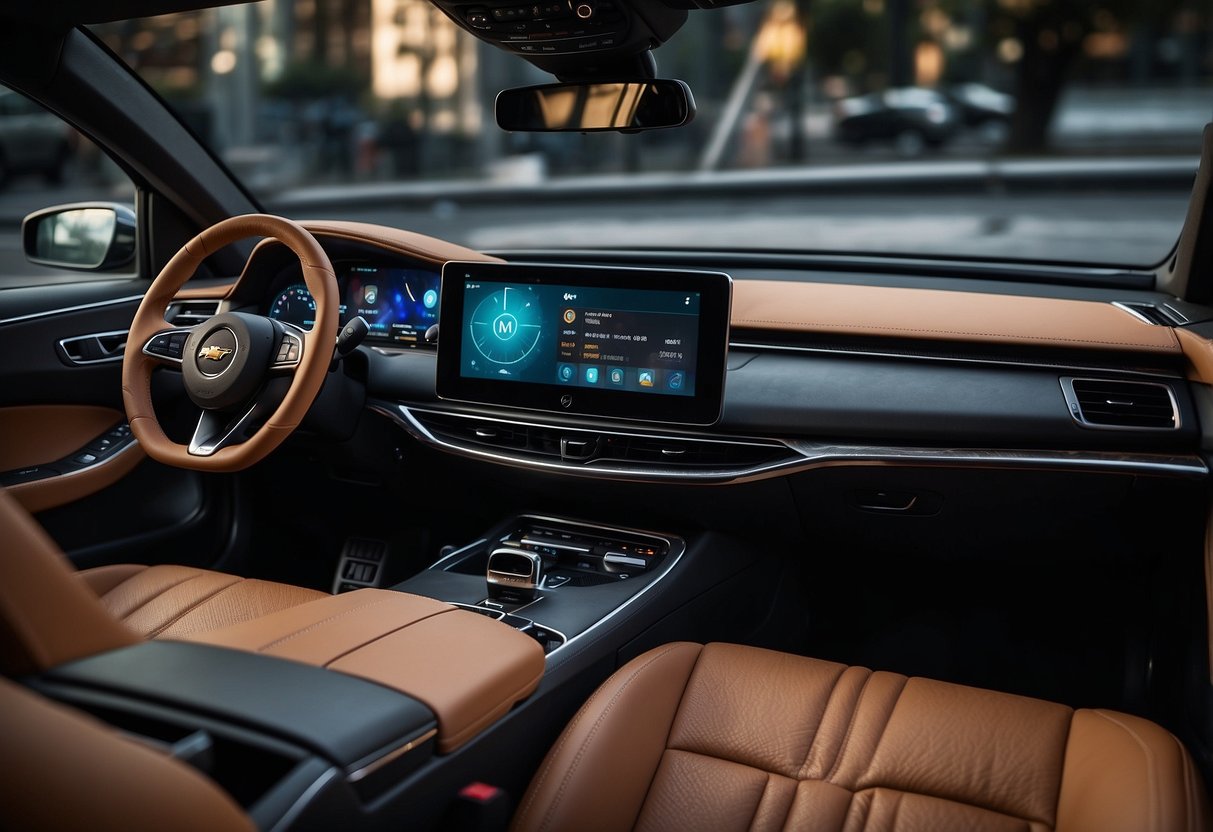
Technological Backbone of Modern Infotainment Systems
Recent advancements in both hardware and software have significantly shaped the capabilities and features of car infotainment systems.
Hardware Developments
Modern car infotainment systems rely heavily on advanced processors and microcontrollers. These components ensure fast response times and enable complex functionalities, such as navigation, media playback, and real-time diagnostics. High-definition displays are integrated to provide clear visuals, while touchscreen technology allows for intuitive user interactions.
The integration of various sensors and connectivity options, such as Bluetooth, Wi-Fi, and 5G, enhances the system’s ability to communicate with other devices and the internet. This connectivity supports functionalities like live traffic updates, online streaming, and over-the-air updates, keeping the system up-to-date without needing a visit to the service center.
Software Platforms
The role of software platforms in car infotainment systems is crucial. Operating systems like Android Auto, Apple CarPlay, and proprietary solutions from automakers provide the necessary interface and application support. These platforms offer a seamless user experience, integrating smartphones with the car’s system to provide access to apps, calls, and messages.
Voice recognition technology has also become standard, allowing for hands-free control of various functions, enhancing safety and convenience. Regular software updates provide new features and security enhancements, ensuring the system remains current and secure against potential threats. This continuous evolution makes software platforms a core element of modern infotainment systems.
Infotainment Operating Systems
Infotainment operating systems have greatly evolved to provide seamless integration of multimedia, navigation, and connectivity features. This section will explore proprietary systems used by car manufacturers.
Proprietary OS
Car manufacturers often create their own proprietary infotainment operating systems tailored to their specific vehicles. These systems provide a unique user experience and integrate seamlessly with the vehicle’s controls and functions.
Proprietary systems offer several advantages, including enhanced security, optimized performance, and a fully customized interface. These systems may also include exclusive features and functionalities that align with the brand’s identity.
Examples include BMW’s iDrive and Ford’s SYNC. Each system provides a distinct set of features, enhancing the overall driving experience. Integrating hardware and software allows manufacturers to offer a cohesive and intuitive interface for drivers.



